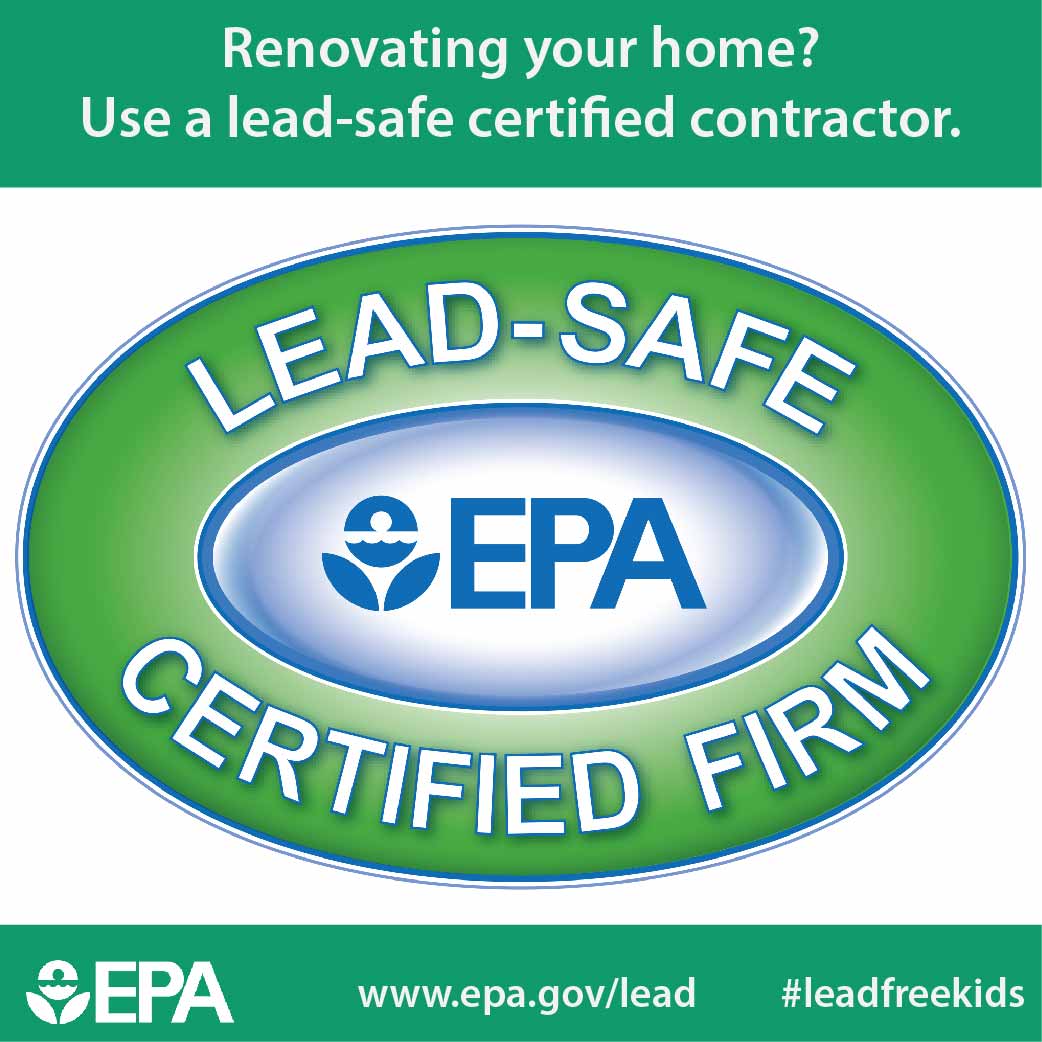Check Out The Function Of Seasonal Consider The Success Of Business Exterior Paint And Discover The Best Times To Secure Lasting Outcomes For Your Job
Check Out The Function Of Seasonal Consider The Success Of Business Exterior Paint And Discover The Best Times To Secure Lasting Outcomes For Your Job
Blog Article
Developed By-Regan Bagger
When you're intending a business external paint project, seasonal variables can make or break your outcomes. You'll wish to consider exactly how temperature and moisture effect paint application and drying out times. Picking the ideal period can ensure your paint sticks appropriately and lasts longer. However which seasons are truly the best for this sort of work? Let's discover the key elements that can influence your job's success.
The Influence of Temperature Level on Paint Application
When you're planning a commercial external painting job, the temperature can considerably affect how well the paint sticks and dries.
Ideally, please click the next post intend to paint when temperature levels vary in between 50 ° F and 85 ° F. If it's as well chilly, the paint may not treat effectively, bring about concerns like peeling off or fracturing.
On the flip side, if it's too hot, the paint can dry also quickly, stopping proper attachment and leading to an unequal surface.
You must additionally take into consideration the time of day; early morning or late afternoon provides cooler temperature levels, which can be more favorable.
Constantly examine the supplier's suggestions for the specific paint you're making use of, as they usually supply guidance on the ideal temperature array for optimal outcomes.
Moisture and Its Impact on Drying Times
Temperature level isn't the only ecological factor that affects your commercial external painting job; moisture plays a considerable function too. High humidity levels can reduce drying out times considerably, impacting the general top quality of your paint work.
When the air is saturated with moisture, the paint takes longer to heal, which can cause issues like inadequate bond and a higher danger of mildew growth. If you're repainting on a particularly moist day, be planned for extensive wait times in between layers.
It's crucial to monitor regional weather conditions and plan accordingly. Ideally, go for moisture levels between 40% and 70% for optimum drying.
Maintaining these factors in mind guarantees your task stays on track and supplies a long-term surface.
Best Seasons for Commercial Exterior Paint Projects
What's the most effective season for your business exterior painting jobs?
Spring and early fall are generally your best options. During these seasons, temperature levels are mild, and moisture levels are commonly lower, creating optimal problems for paint application and drying.
Stay you could try here of summer season's intense heat, which can trigger paint to completely dry also rapidly, causing bad attachment and finish. In a similar way, winter's cool temperature levels can hinder appropriate drying out and curing, risking the long life of your paint job.
Aim for days with temperature levels between 50 ° F and 85 ° F for optimum results. Remember to check the local weather prediction for rain, as damp conditions can wreck your project.
Planning around these variables guarantees your paint project runs efficiently and lasts longer.
Verdict
To conclude, planning your commercial external painting tasks around seasonal considerations can make a substantial distinction in the end result. By organizing job during the ideal temperature levels and moisture degrees, you'll make certain much better attachment and drying times. Keep in mind to watch on local weather report and pick the correct time of year-- springtime and very early fall are your best options. Taking these steps will aid you accomplish a durable and specialist coating that lasts.
